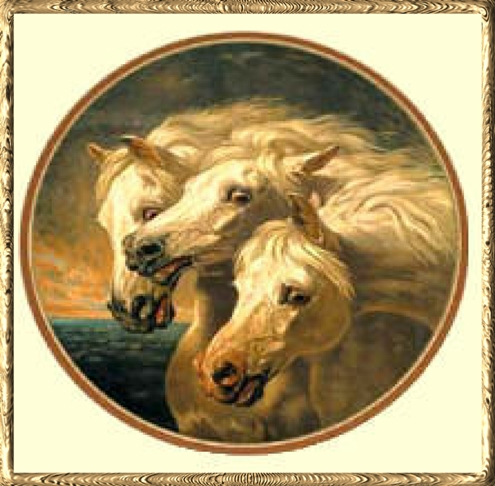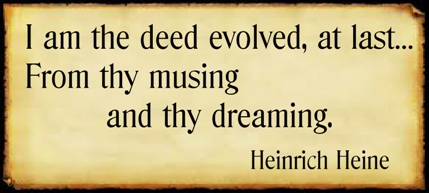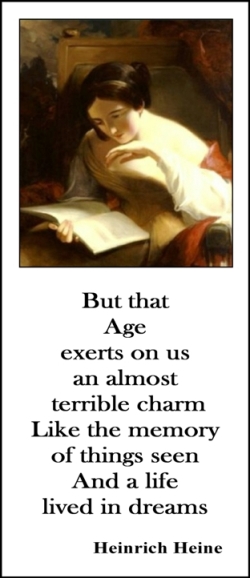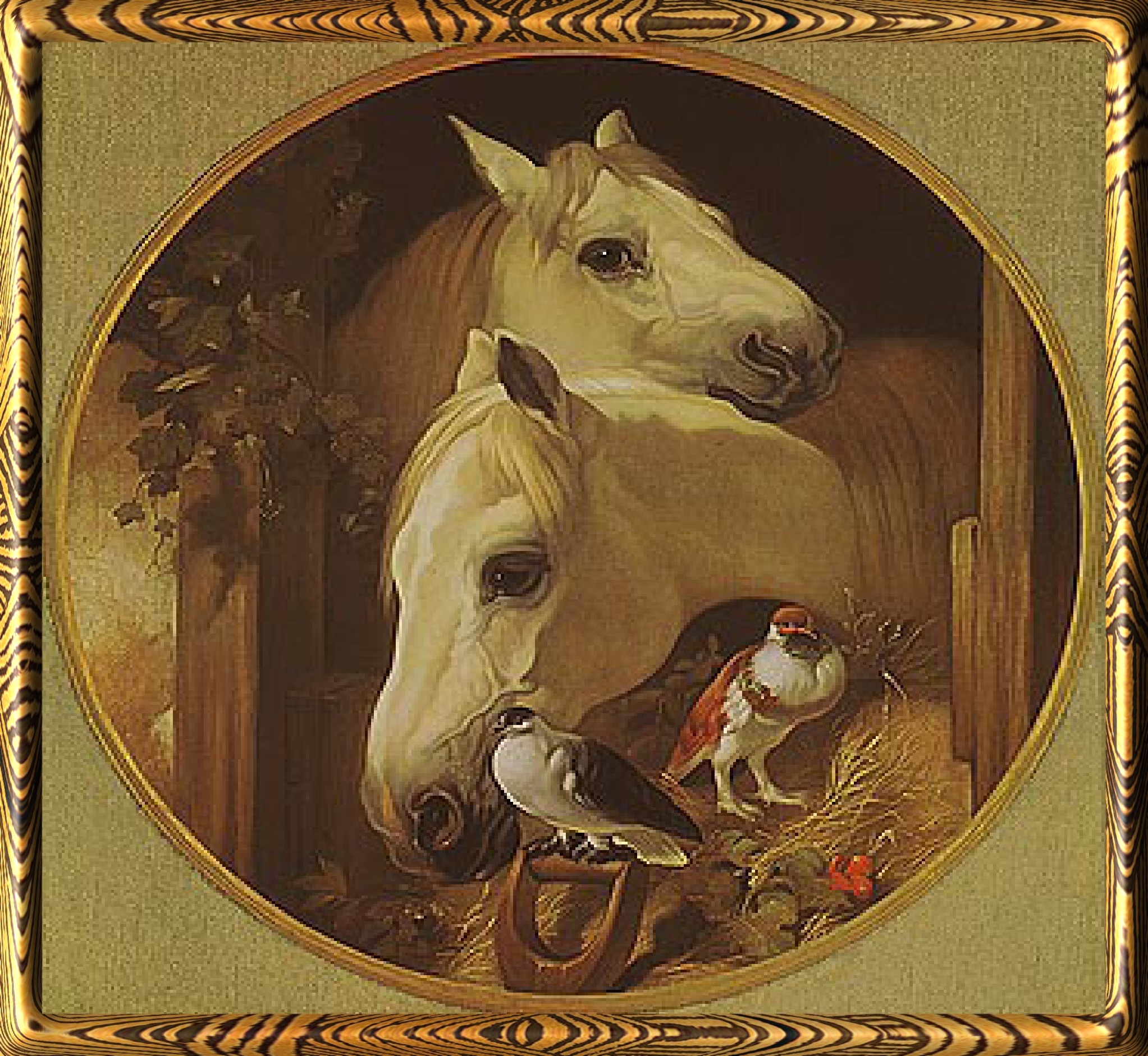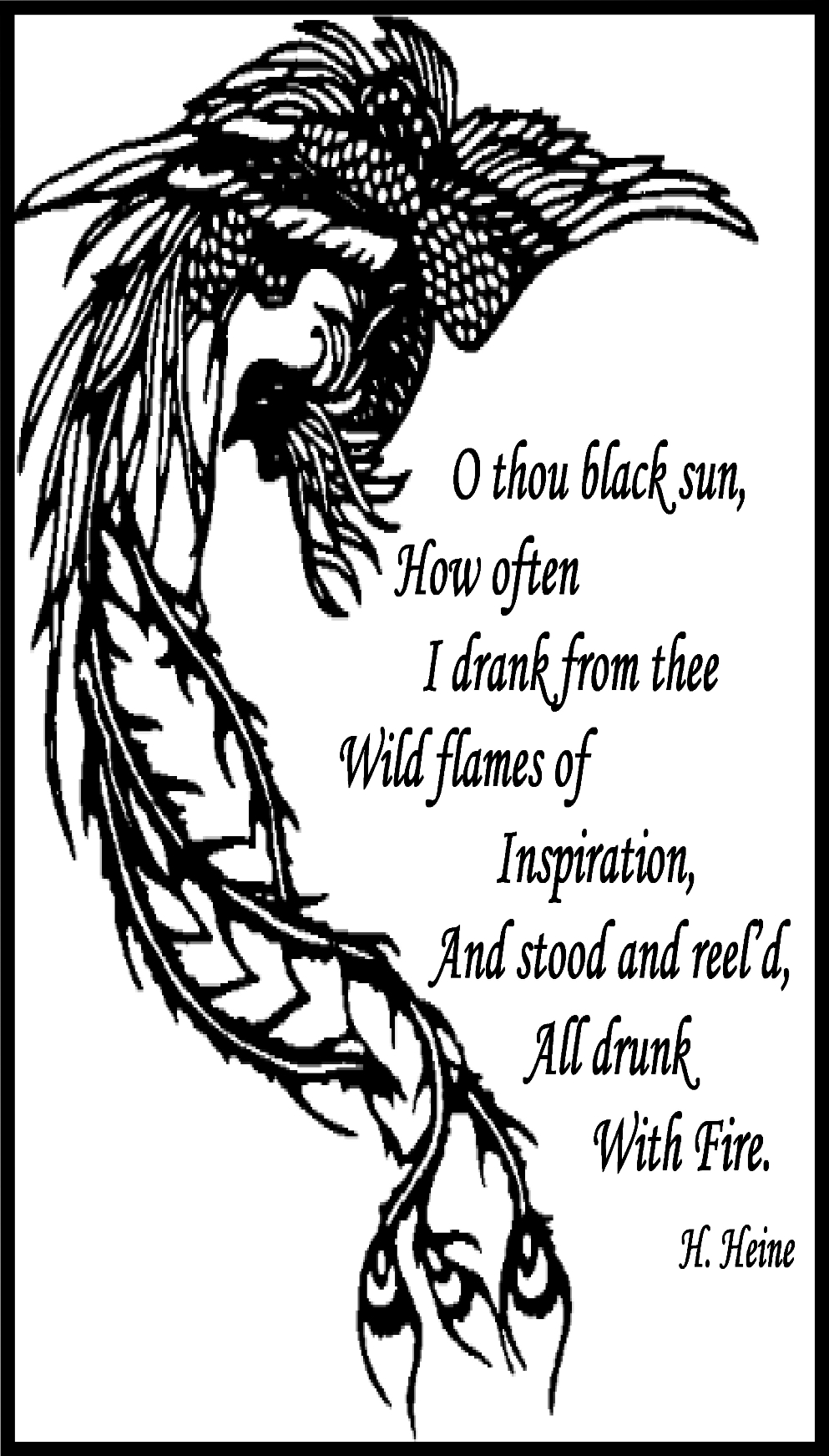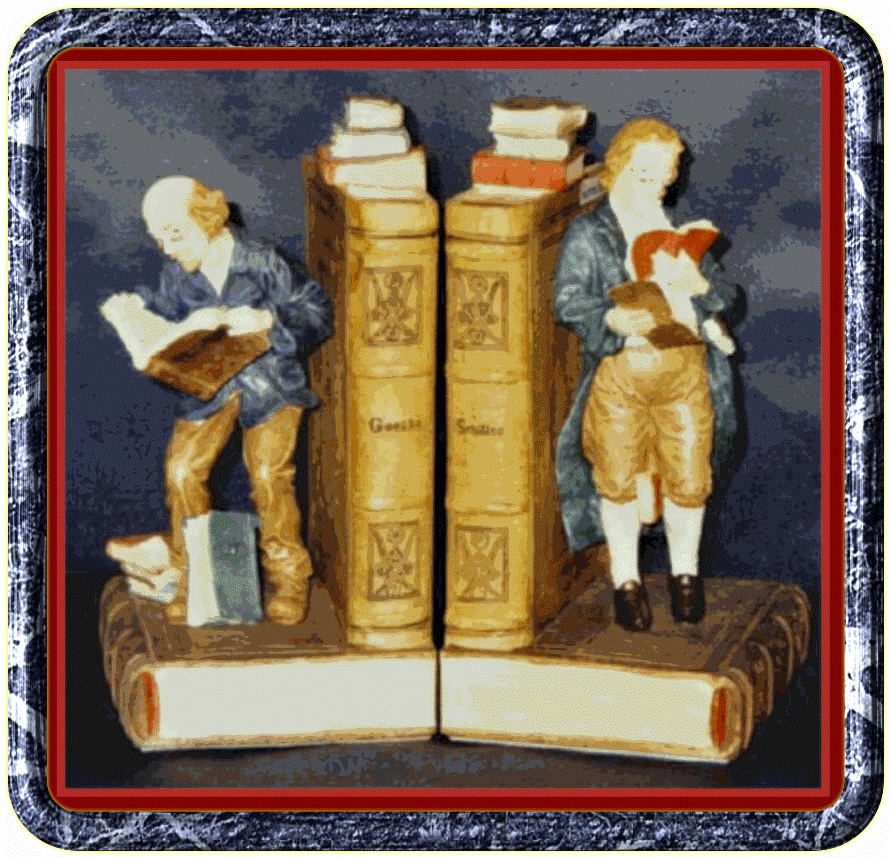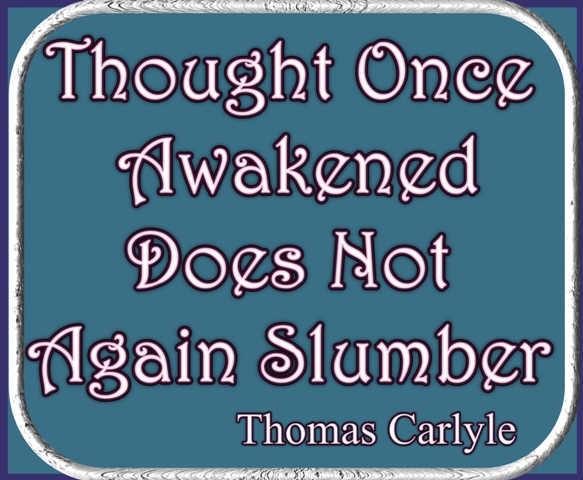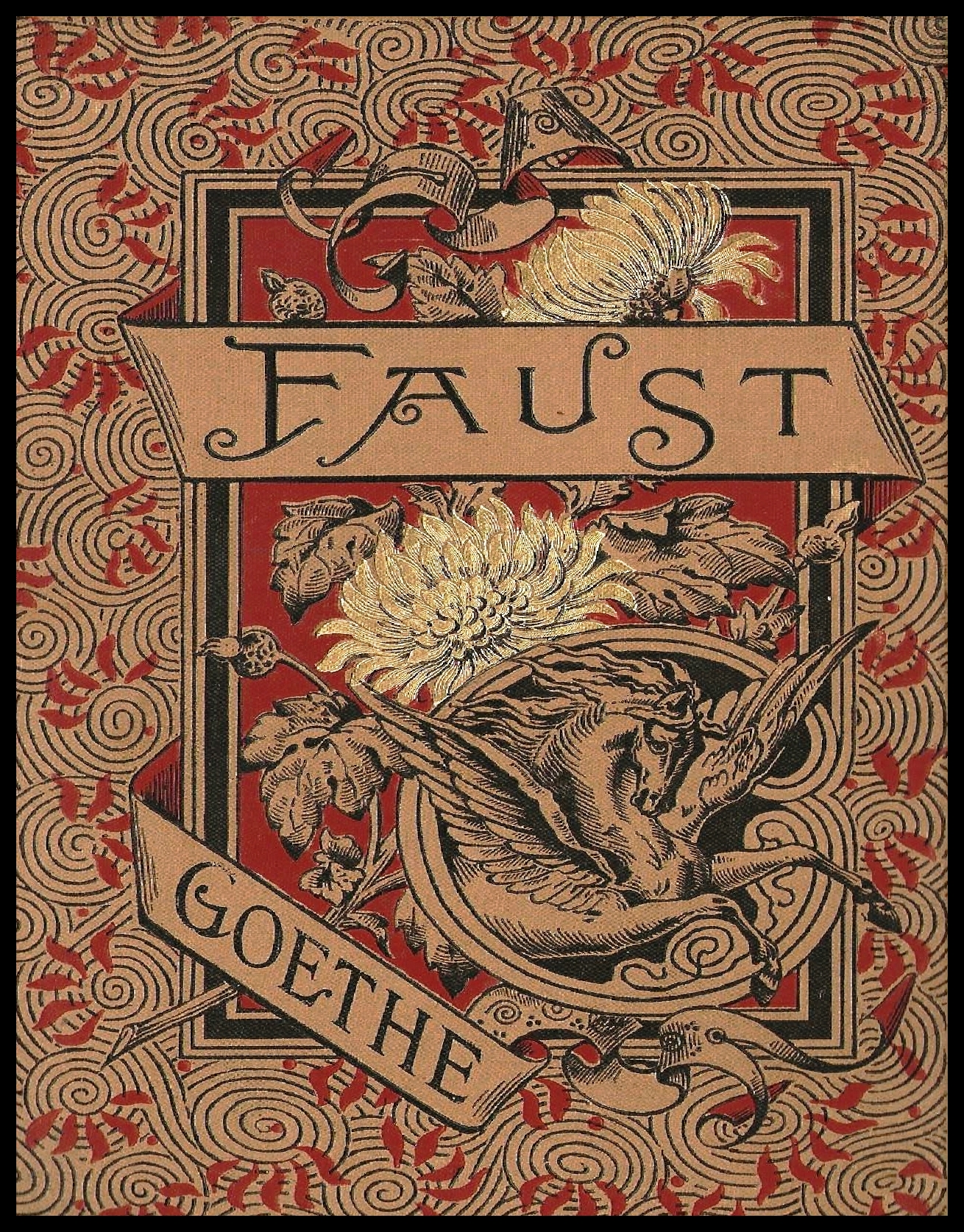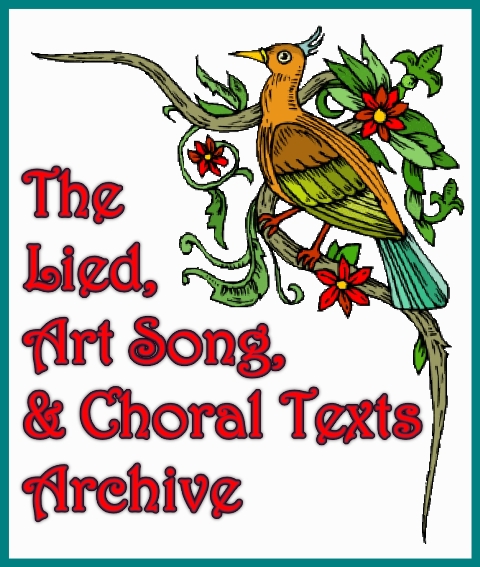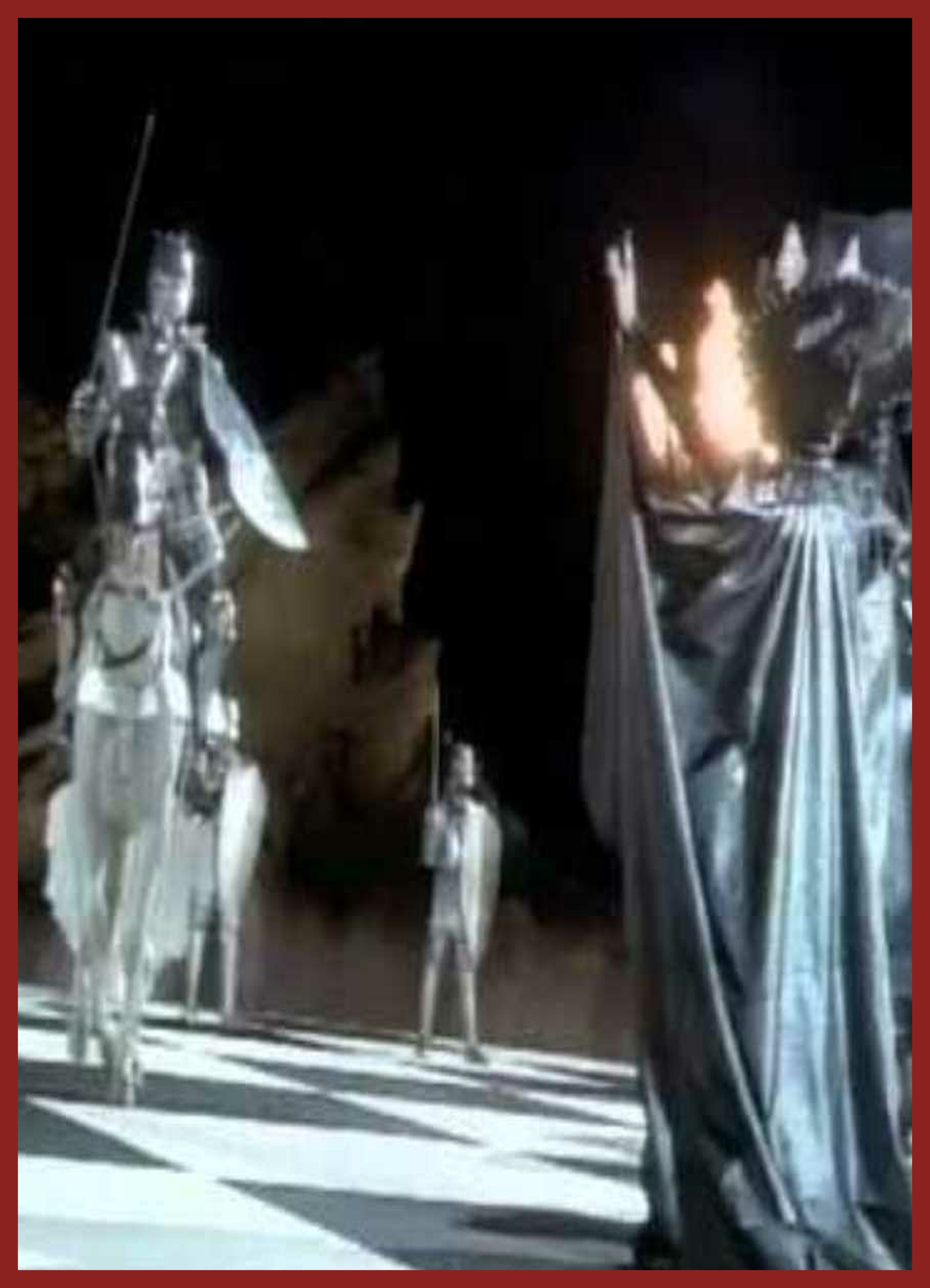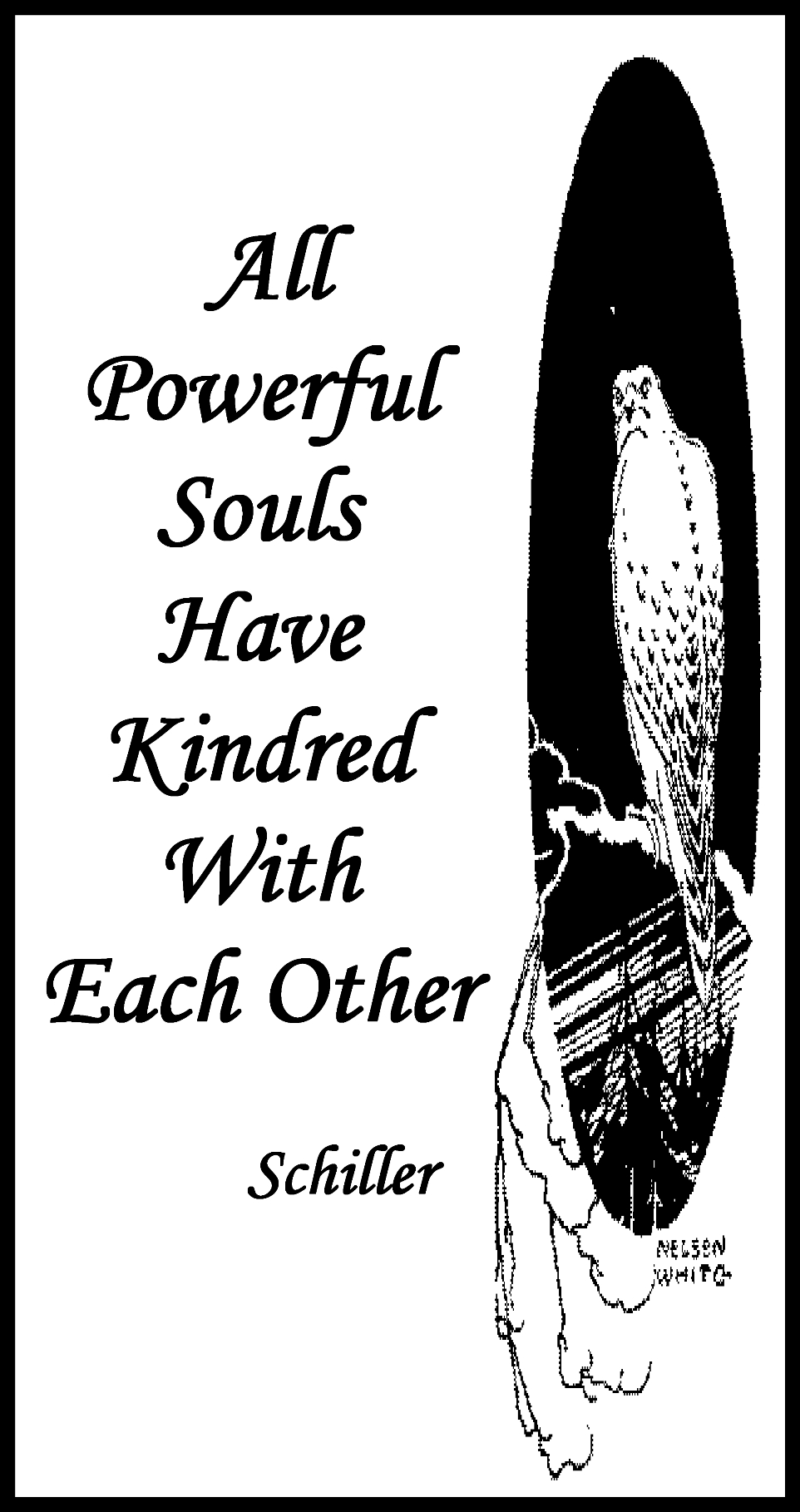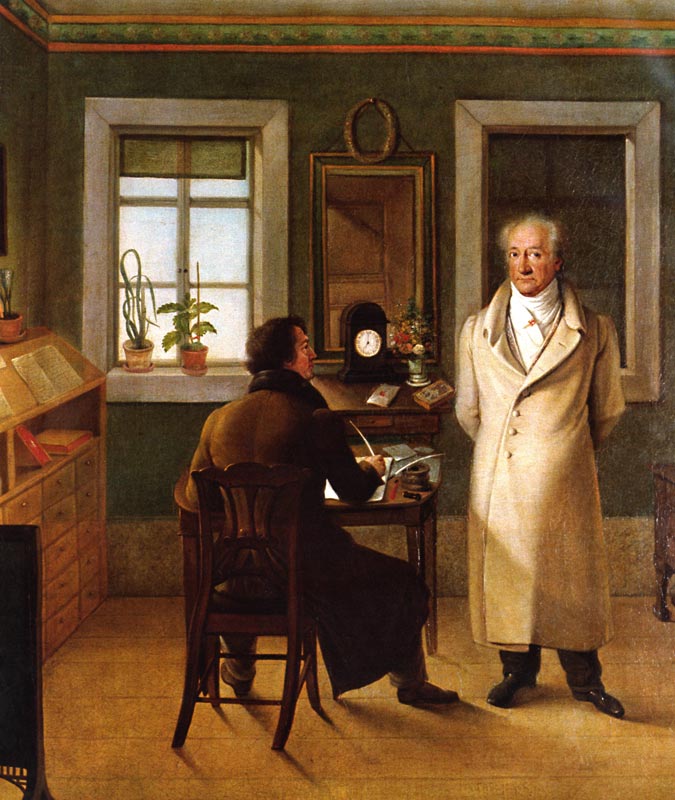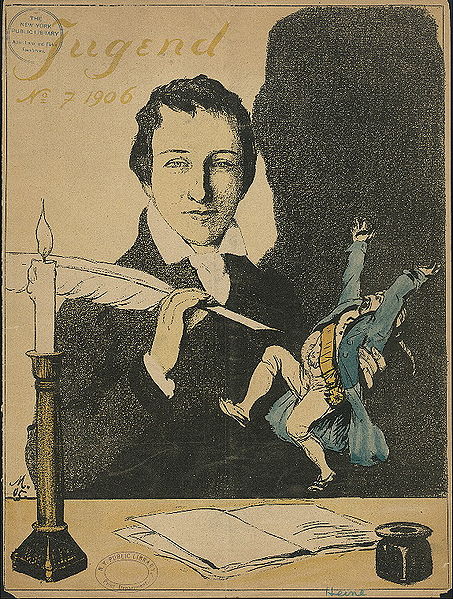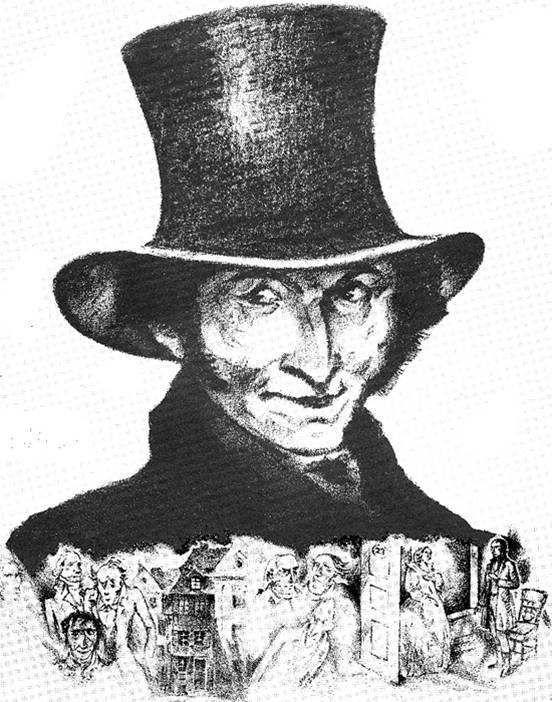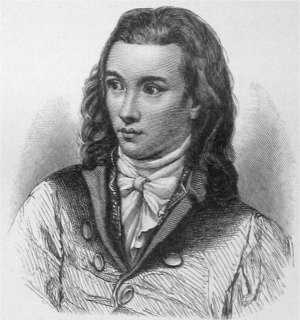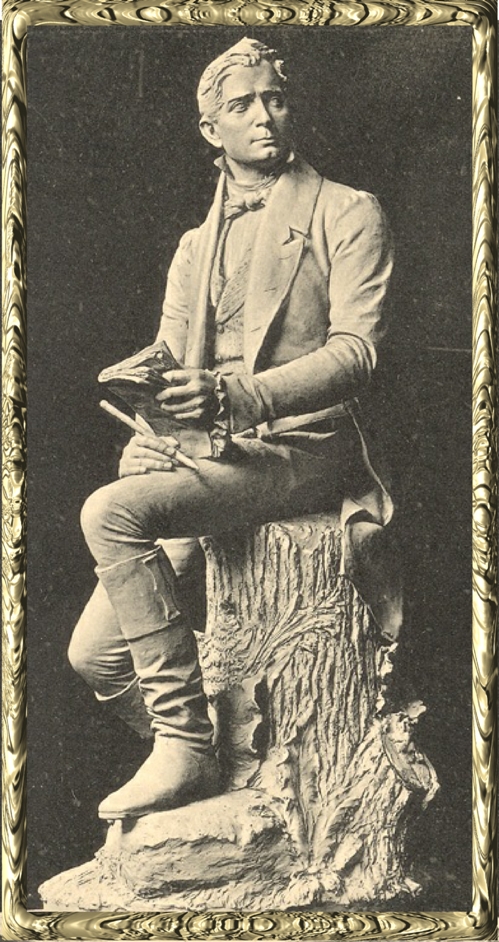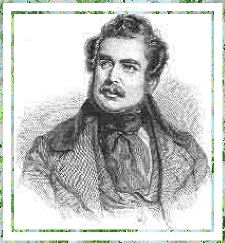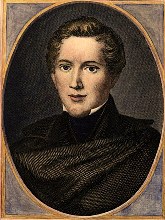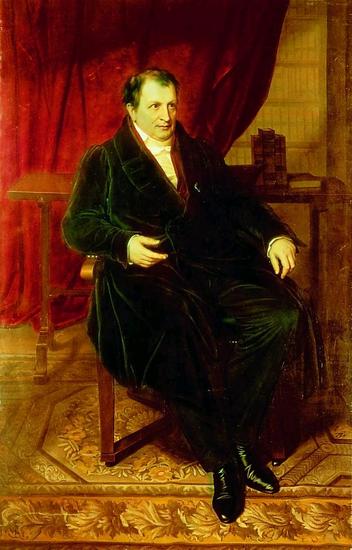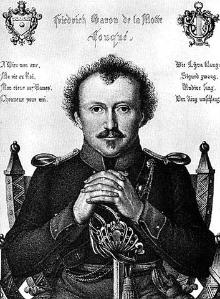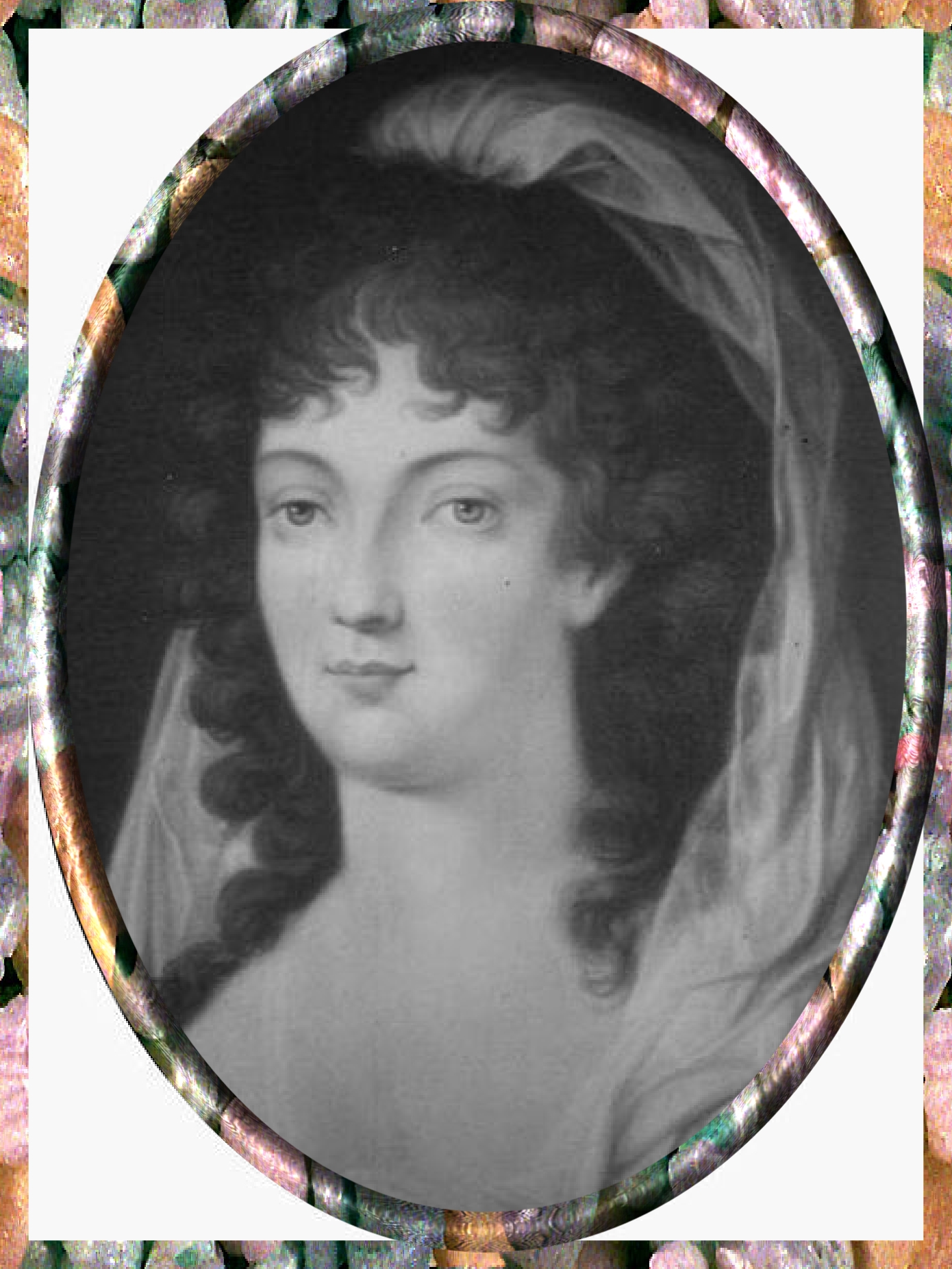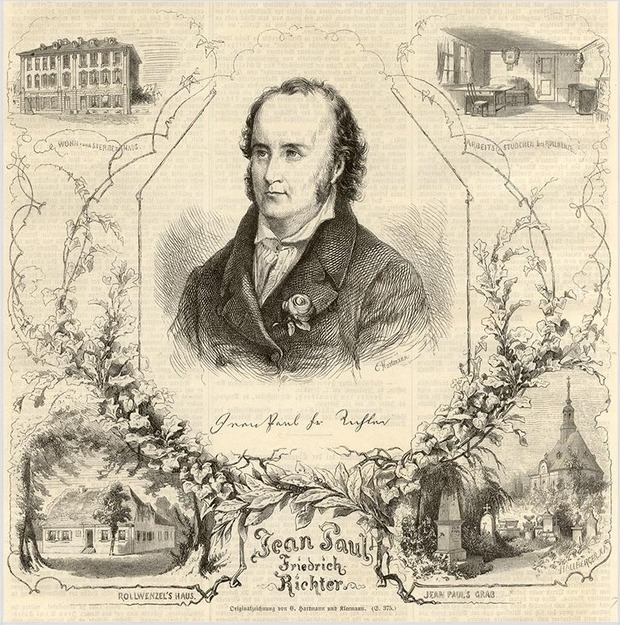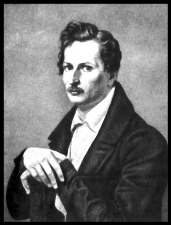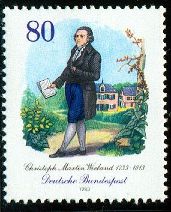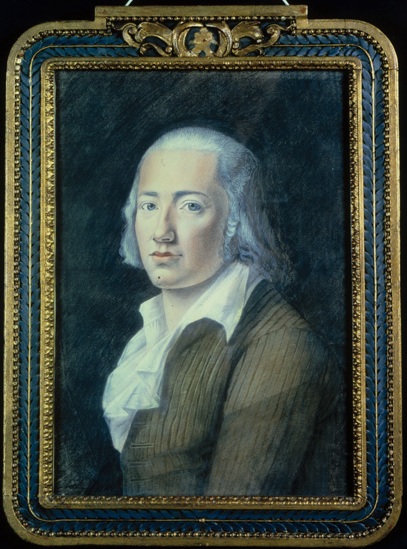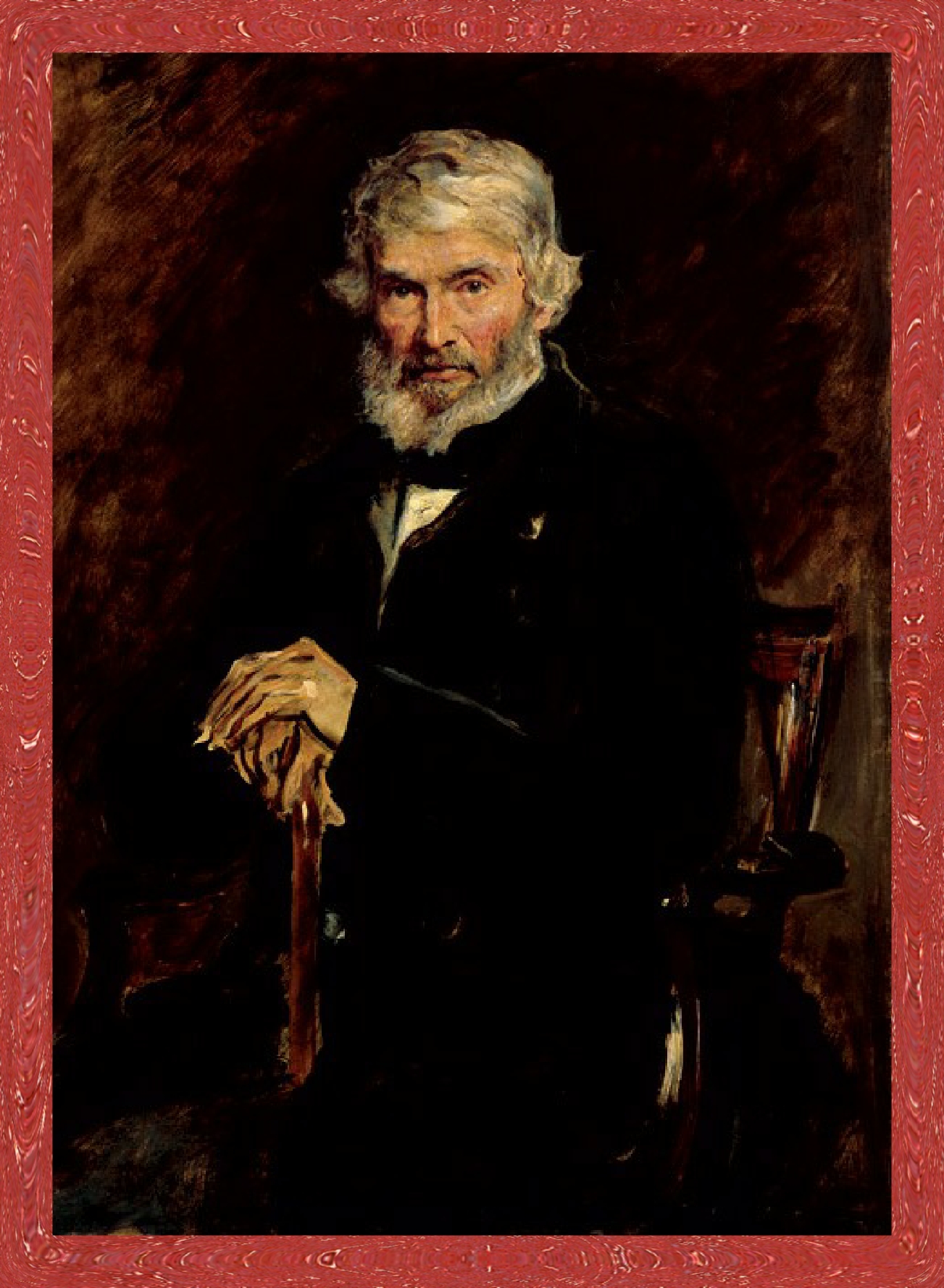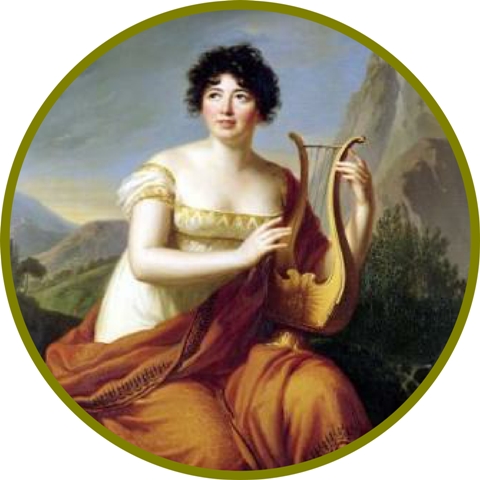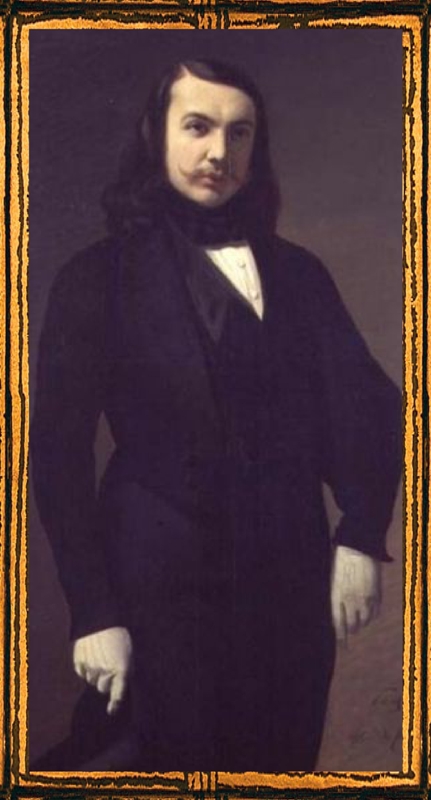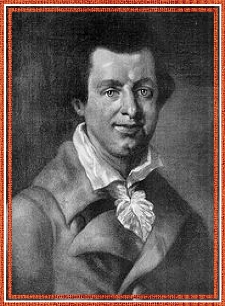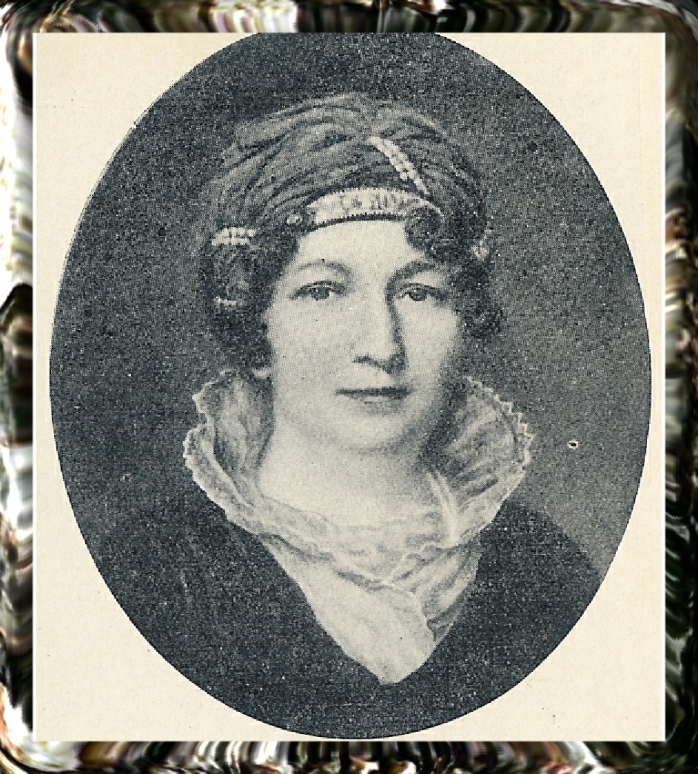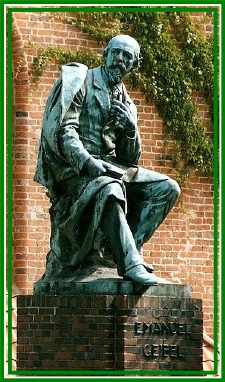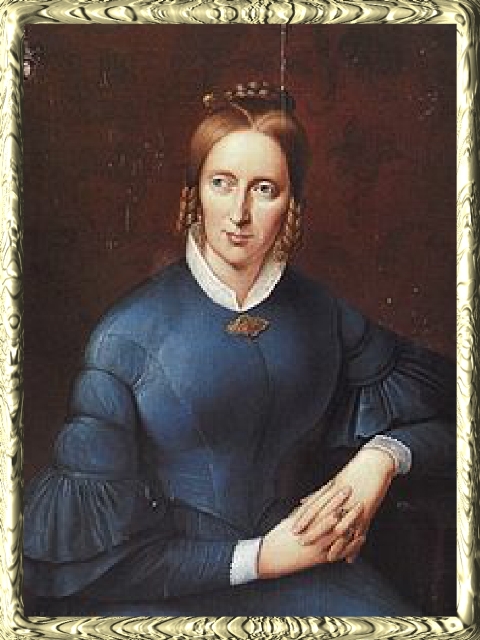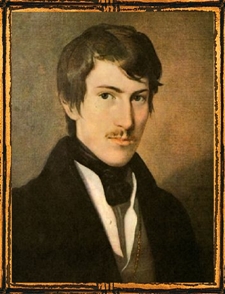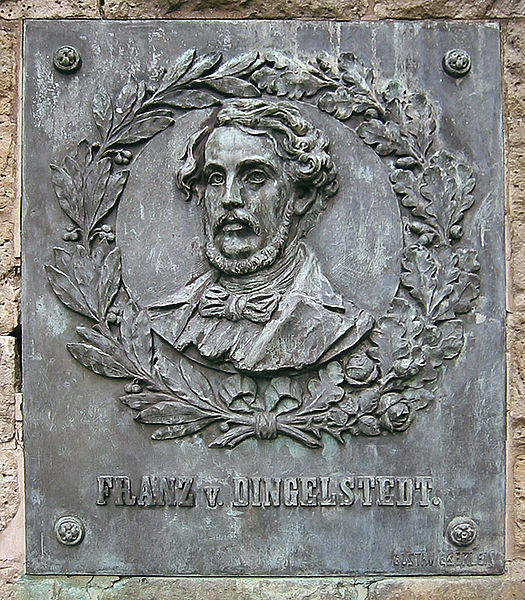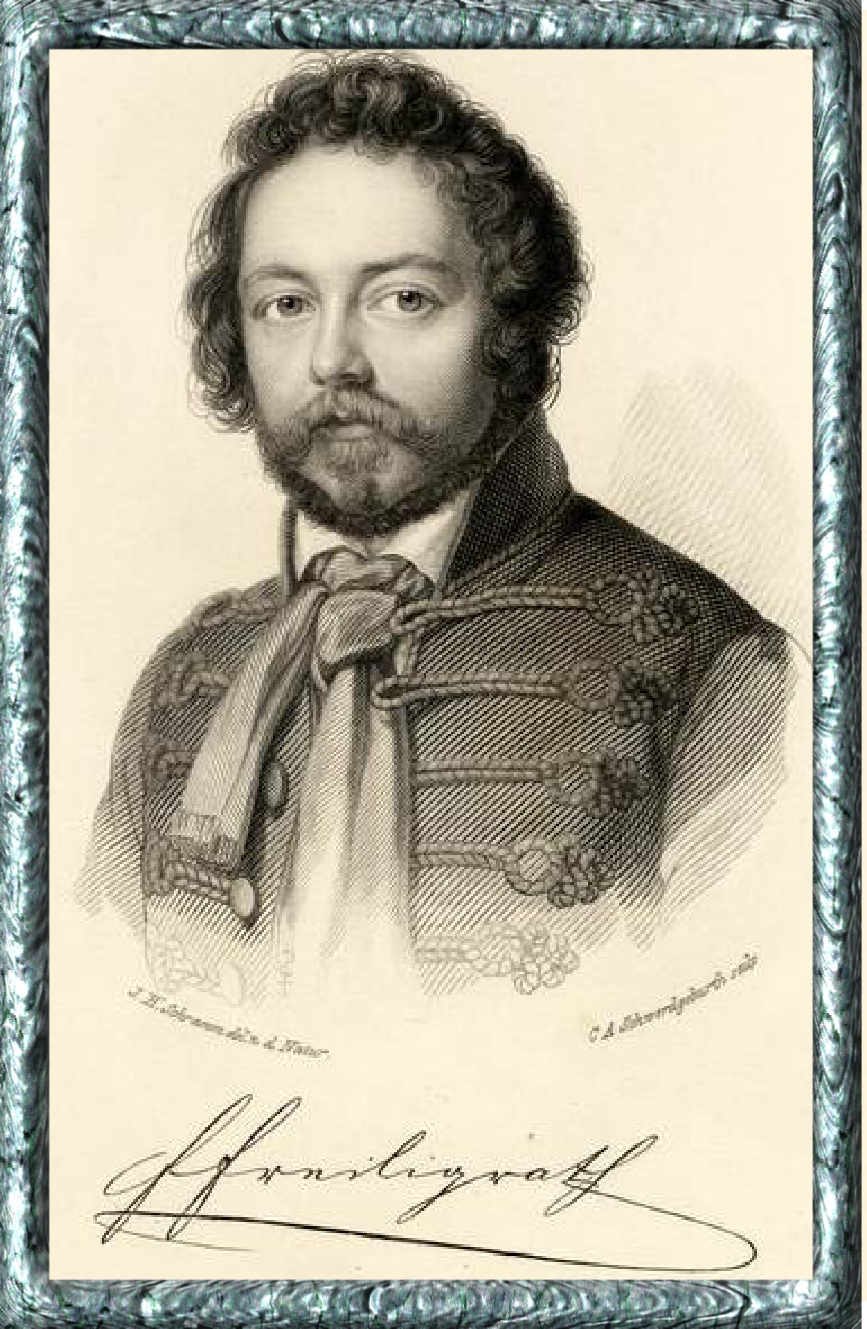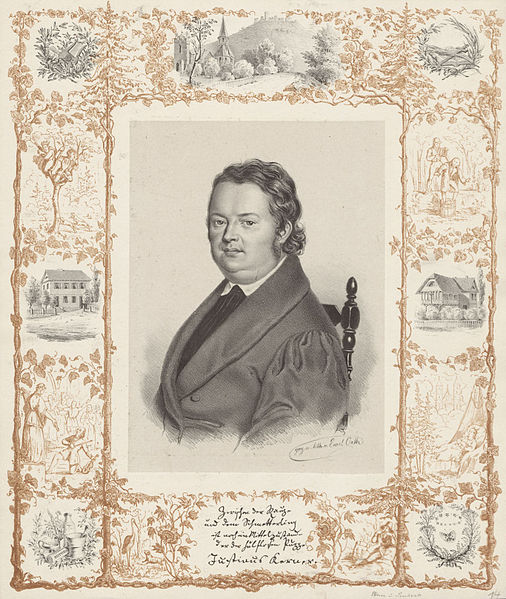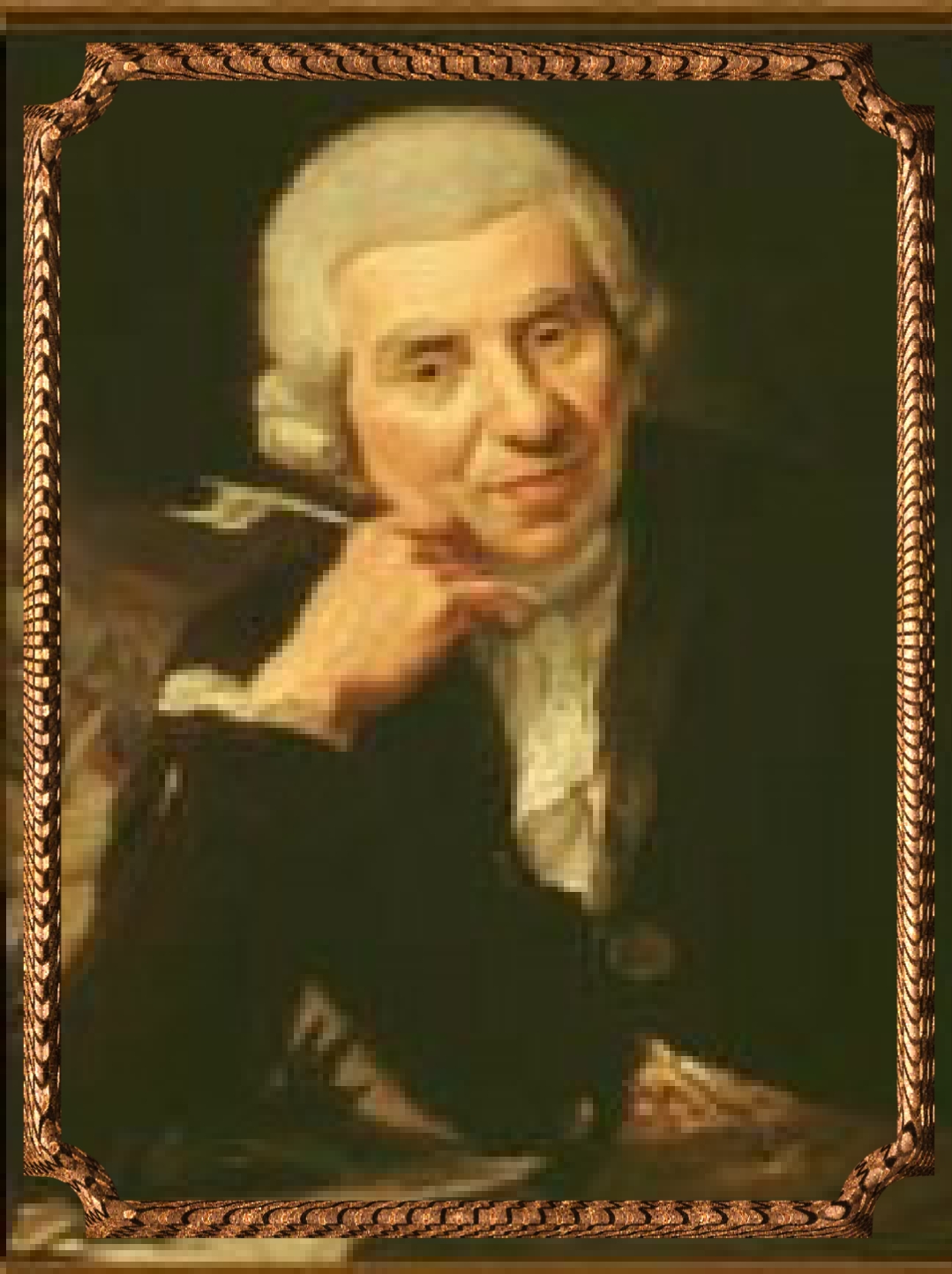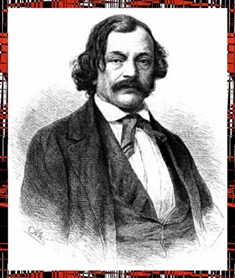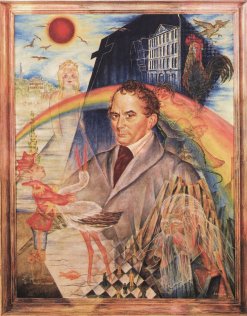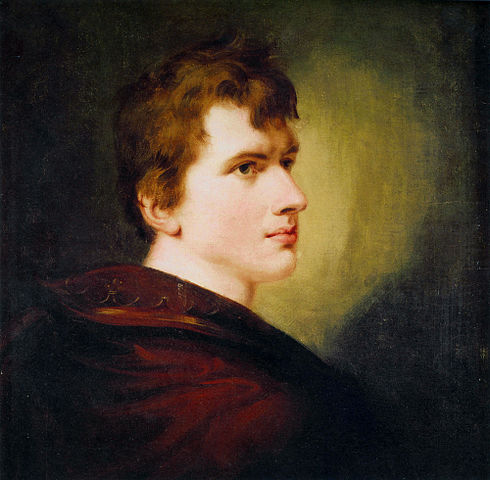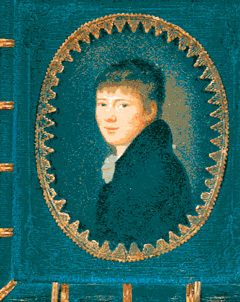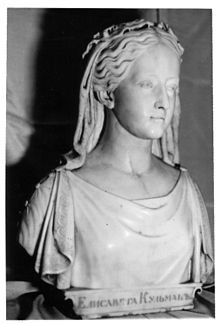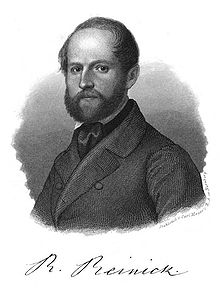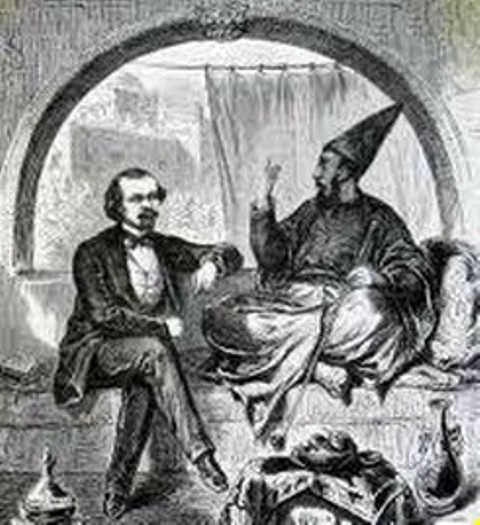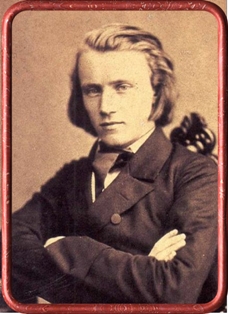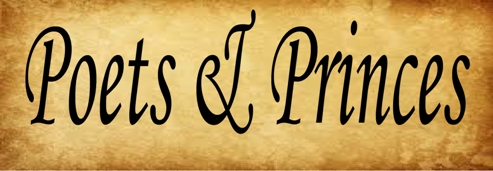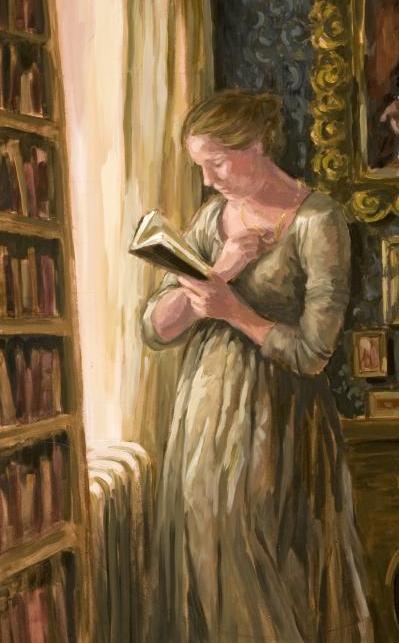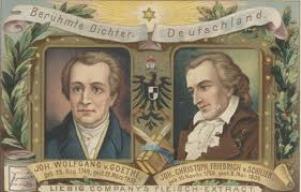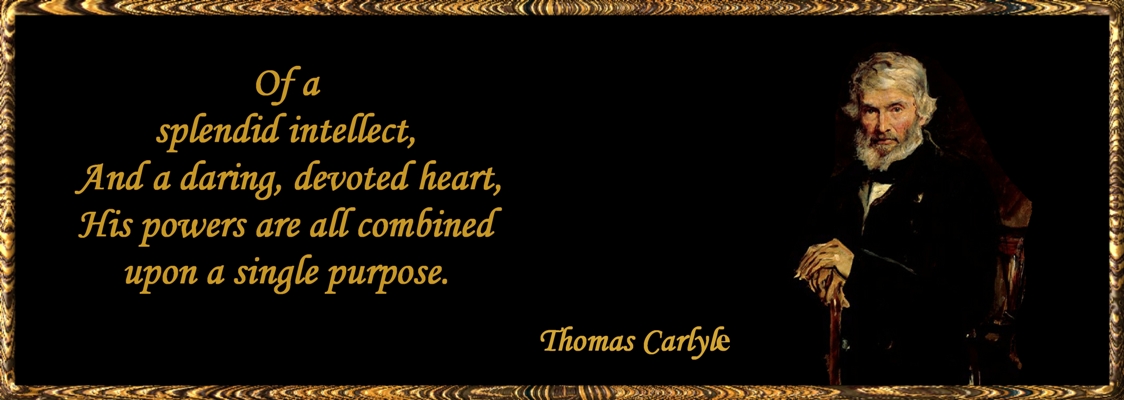Celebrating: Friedrich Freiherr de la Motte Fouqué
Introduction, Sintram and His Companions by Friedrich de la Motte Fouque with foreword by Charlotte M Yonge.
Four tales are, it is said, intended by the Author to be appropriate to the Four Seasons: the stern, grave “Sintram”, to winter; the tearful, smiling, fresh “Undine”, to Spring; the torrid deserts of the “Two Captains”, to summer; and the sunset gold of “Aslauga’s Knight”, to autumn. Of these two are before us.
The author of these tales, as well as of many more, was Friedrich, Baron de la Motte Fouque, one of the foremost of the minstrels or tale-tellers of the realm of spiritual chivalry—the realm whither Arthur’s knights departed when they “took the Sancgreal’s holy quest,”—whence Spenser’s Red Cross knight and his fellows came forth on their adventures, and in which the Knight of la Mancha believed, and endeavoured to exist.
La Motte Fouque derived his name and his title from the French Huguenot ancestry, who had fled on the Revocation of the Edict of Nantes. His Christian name was taken from his godfather, Frederick the Great, of whom his father was a faithful friend, without compromising his religious principles and practice.
Friedrich was born at Brandenburg on February 12, 1777, was educated by good parents at home, served in the Prussian army through disaster and success, took an enthusiastic part in the rising of his country against Napoleon, inditing as many battle-songs as Korner. When victory was achieved, he dedicated his sword in the church of Neunhausen where his estate lay. He lived there, with his beloved wife and his imagination, till his death in 1843.
And all the time life was to him a poet’s dream. He lived in a continual glamour of spiritual romance, bathing everything, from the old deities of the Valhalla down to the champions of German liberation, in an ideal glow of purity and nobleness, earnestly Christian throughout, even in his dealings with Northern mythology, for he saw Christ unconsciously shown in Baldur, and Satan in Loki.
Thus he lived, felt, and believed what he wrote, and though his dramas and poems do not rise above fair mediocrity, and the great number of his prose stories are injured by a certain monotony, the charm of them is in their elevation of sentiment and the earnest faith pervading all. His knights might be Sir Galahad—
Because my heart is pure.”
Evil comes to them as something to be conquered, generally as a form of magic enchantment, and his “wondrous fair maidens” are worthy of them. Yet there is adventure enough to afford much pleasure, and often we have a touch of true genius, which has given actual ideas to the world, and precious ones.
This genius is especially traceable in his two masterpieces, Sintram and Undine. Sintram was inspired by Albert Durer’s engraving of the “Knight of Death,” of which we give a presentation. It was sent to Fouque by his friend Edward Hitzig, with a request that he would compose a ballad on it. The date of the engraving is 1513, and we quote the description given by the late Rev. R. St. John Tyrwhitt, showing how differently it may be read.
“Some say it is the end of the strong wicked man, just overtaken by Death and Sin, whom he has served on earth. It is said that the tuft on the lance indicates his murderous character, being of such unusual size. You know the use of that appendage was to prevent blood running down from the spearhead to the hands. They also think that the object under the horse’s off hind foot is a snare, into which the old oppressor is to fall instantly.
The expression of the faces may be taken either way: both good men and bad may have hard, regular features; and both good men and bad would set their teeth grimly on seeing Death, with the sands of their life nearly run out. Some say they think the expression of Death gentle, or only admonitory (as the author of “Sintram”); and I have to thank the authoress of the “Heir of Redclyffe” for showing me a fine impression of the plate, where Death certainly had a not ungentle countenance—snakes and all.
I think the shouldered lance, and quiet, firm seat on horseback, with gentle bearing on the curb-bit, indicate grave resolution in the rider, and that a robber knight would have his lance in rest; then there is the leafy crown on the horse’s head; and the horse and dog move on so quietly, that I am inclined to hope the best for the Ritter.”
Musing on the mysterious engraving, Fouque saw in it the life-long companions of man, Death and Sin, whom he must defy in order to reach salvation; and out of that contemplation rose his wonderful romance, not exactly an allegory, where every circumstance can be fitted with an appropriate meaning, but with the sense of the struggle of life, with external temptation and hereditary inclination pervading all, while Grace and Prayer aid the effort.
Folko and Gabrielle are revived from the Magic Ring, that Folko may by example and influence enhance all higher resolutions; while Gabrielle, in all unconscious innocence, awakes the passions, and thus makes the conquest the harder.
It is within the bounds of possibility that the similarities of folk- lore may have brought to Fouque’s knowledge the outline of the story which Scott tells us was the germ of “Guy Mannering”; where a boy, whose horoscope had been drawn by an astrologer, as likely to encounter peculiar trials at certain intervals, actually had, in his twenty-first year, a sort of visible encounter with the Tempter, and came off conqueror by his strong faith in the Bible.
Sir Walter, between reverence and realism, only took the earlier part of the story, but Fouque gives us the positive struggle, and carries us along with the final victory and subsequent peace. His tale has had a remarkable power over the readers. We cannot but mention two remarkable instances at either end of the scale. Cardinal Newman, in his younger days, was so much overcome by it that he hurried out into the garden to read it alone, and returned with traces of emotion in his face.
And when Charles Lowder read it to his East End boys, their whole minds seemed engrossed by it, and they even called certain spots after the places mentioned. Imagine the Rocks of the Moon in Ratcliff Highway!
May we mention that Miss Christabel Coleridge’s “Waynflete” brings something of the spirit and idea of “Sintram” into modern life?
“Undine” is a story of much lighter fancy, and full of a peculiar grace, though with a depth of melancholy that endears it. No doubt it was founded on the universal idea in folk-lore of the nixies or water-spirits, one of whom, in Norwegian legend, was seen weeping bitterly because of the want of a soul.
Sometimes the nymph is a wicked siren like the Lorelei; but in many of these tales she weds an earthly lover, and deserts him after a time, sometimes on finding her diving cap, or her seal-skin garment, which restores her to her ocean kindred, sometimes on his intruding on her while she is under a periodical transformation, as with the fairy Melusine, more rarely if he becomes unfaithful.
There is a remarkable Cornish tale of a nymph or mermaiden, who thus vanished, leaving a daughter who loved to linger on the beach rather than sport with other children. By and by she had a lover, but no sooner did he show tokens of inconstancy, than the mother came up from the sea and put him to death, when the daughter pined away and died. Her name was Selina, which gives the tale a modern aspect, and makes us wonder if the old tradition can have been modified by some report of Undine’s story.
There was an idea set forth by the Rosicrucians of spirits abiding in the elements, and as Undine represented the water influences, Fouque’s wife, the Baroness Caroline, wrote a fairly pretty story on the sylphs of fire. But Undine’s freakish playfulness and mischief as an elemental being, and her sweet patience when her soul is won, are quite original, and indeed we cannot help sharing, or at least understanding, Huldbrand’s beginning to shrink from the unearthly creature to something of his own flesh and blood.
He is altogether unworthy, and though in this tale there is far less of spiritual meaning than in Sintram, we cannot but see that Fouque’s thought was that the grosser human nature is unable to appreciate what is absolutely pure and unearthly.
See Sidebar/German Stories in Translation for links to Ebooks: “Sintram and his Companions,” “Undine,” “The Two Captains,” and “Aslauga’s Knight.”
.
Friedrich Heinrich Karl Freiherr de la Motte Fouqué
. .
l




